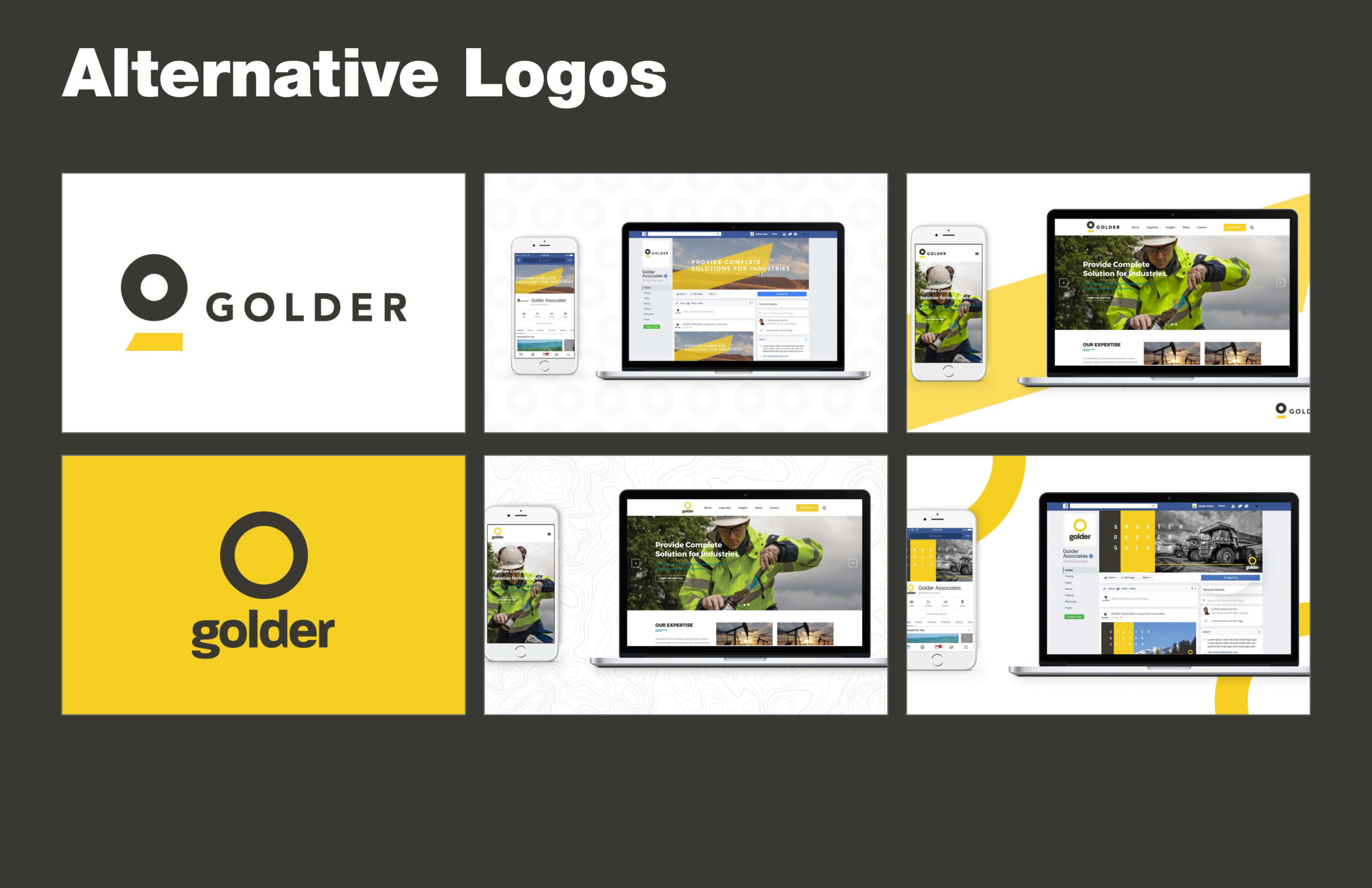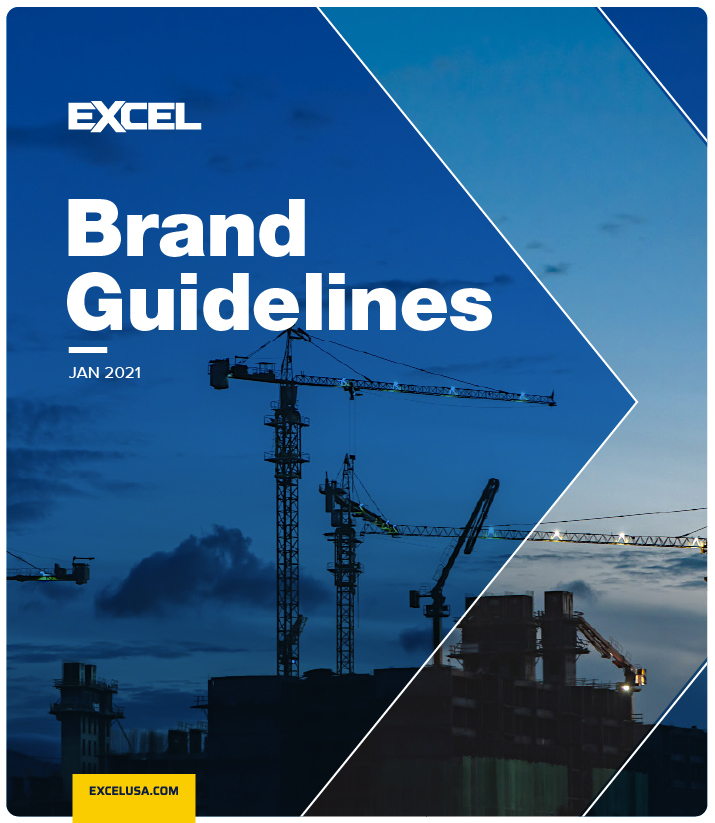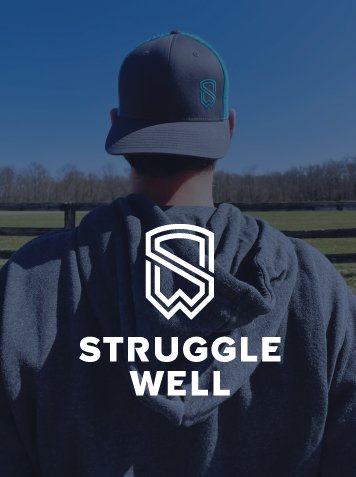CASE STUDY
Brand refresh: Golder Associates
My role:
Concepting + art direction
Client services
Design
Managed in-house design team & consulted to apply brand
Co-Lead design summit
Challenge:
Golder has expanded to over 6,500 highly skilled engineers and scientists operating across all seven continents, offering consultancy, design, and construction services in specialized areas of earth, climate, and energy since their founding in 1960. Golder was now flourishing after a period of adversity. Despite this, the company faced ongoing issues with unification, employee engagement, and relation. The company needed a new way to tell their story that was strongly aligned with their employee-owned culture and heritage, as part of their mission to "thrive on challenge." To improve its identity, reputation, and culture, Golder teamed up with Edelman.
They chose to tackle this head on with a brand architecture program that would seamlessly unify their offerings, and a brand purpose that would inspire their teammates to rally behind a shared mission of “We Thrive on Challenges.” The process of rebranding Golder marked an opportunity to build equity around a new visual identity but deeply retain the brand assets most aligned with their heritage. The intention was to both reinforce their position as a highly specialized firm providing technical excellence across their various industries (Oil and Gas, Mining, Manufacturing, Power, and Infrastructure) and to rally their colleagues around a clearly defined purpose.
RESEARCH
We conducted in-depth interviews and focus groups with internal takeholders to distill the organizations’ shared values, and carried out extensive research to uncover the opportunity afforded by the merger and rebrand. We also conduct a deep dive on color usage and tone from Golder's top competitors to clearly define ownable colors.
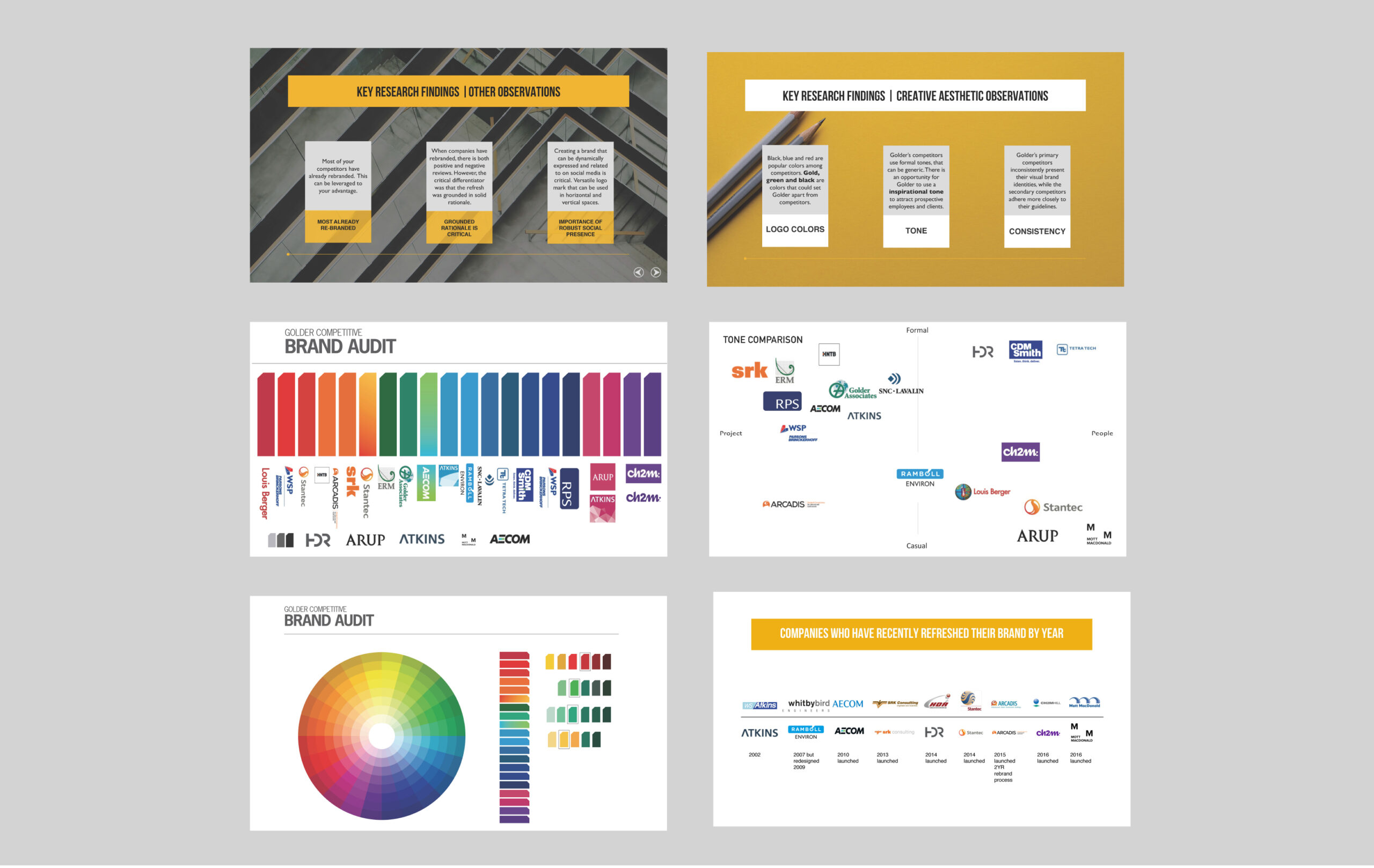
Combining research and findings from the focus groups, we recommended a a green and yellow color palette.

Before
Here's a sampling of the creative before our work.


Logo positioning:
We live in an increasingly connected world in which we’re forced to solve complex problems with a number of moving pieces. The task of creating solutions to the most pressing environmental challenges in ways that benefit all of our stakeholders often seems unsurmountable. Those solutions are out there - it just requires thinking beyond the box.
At Golder, the brightest talent comes together to shatter obstacles with creative solutions. We push boundaries by trying the never-been-tried-before.
We unfold problems, expand imaginations, and unpack the impossible.
Logo rationale
Golder’s logo is intentionally designed to be complex and three‑dimensional, depicting our orientation toward solving difficult challenges for our clients. The gradient from dark green to gold portrays the evolution of the company. The sharp lines and colors represent the deep expertise and high quality behind our work. Like Golder, our logo is multifaceted and interconnected, resulting in multiple levels of meaning: We chose a G to be directly representative of the word, “Golder.” The basic shape of the logo is a hexagon, which in nature makes the most efficient use of space and building materials. We chose this shape to reflect our desire to always strive to deliver efficient solutions.
The logo is constructed of six segments. As an employee-owned company, we wanted a logo that reflected our multiple dimensions and diversity. We fundamentally believe that each individual contributes to the whole. The usage of colors in the logo also has significance. The G is anchored by a dark green, representative of Golder’s legacy and heritage. The logo evolves into gold portraying the evolution of the company – its resiliency and our forward-looking outlook. The end-piece is gold, which is reflective of the word “Golder” and signifies our belief in a bright future. The multifaceted logo is metaphorically representative of Golder’s ability to solve complex problems. We live in an increasingly connected world in which we’re required to solve complex issues that involve multiple aspects and considerations. Creating solutions to environmental challenges require the ability to unfold problems, expand imaginations, deconstruct problems, and determine the right path.
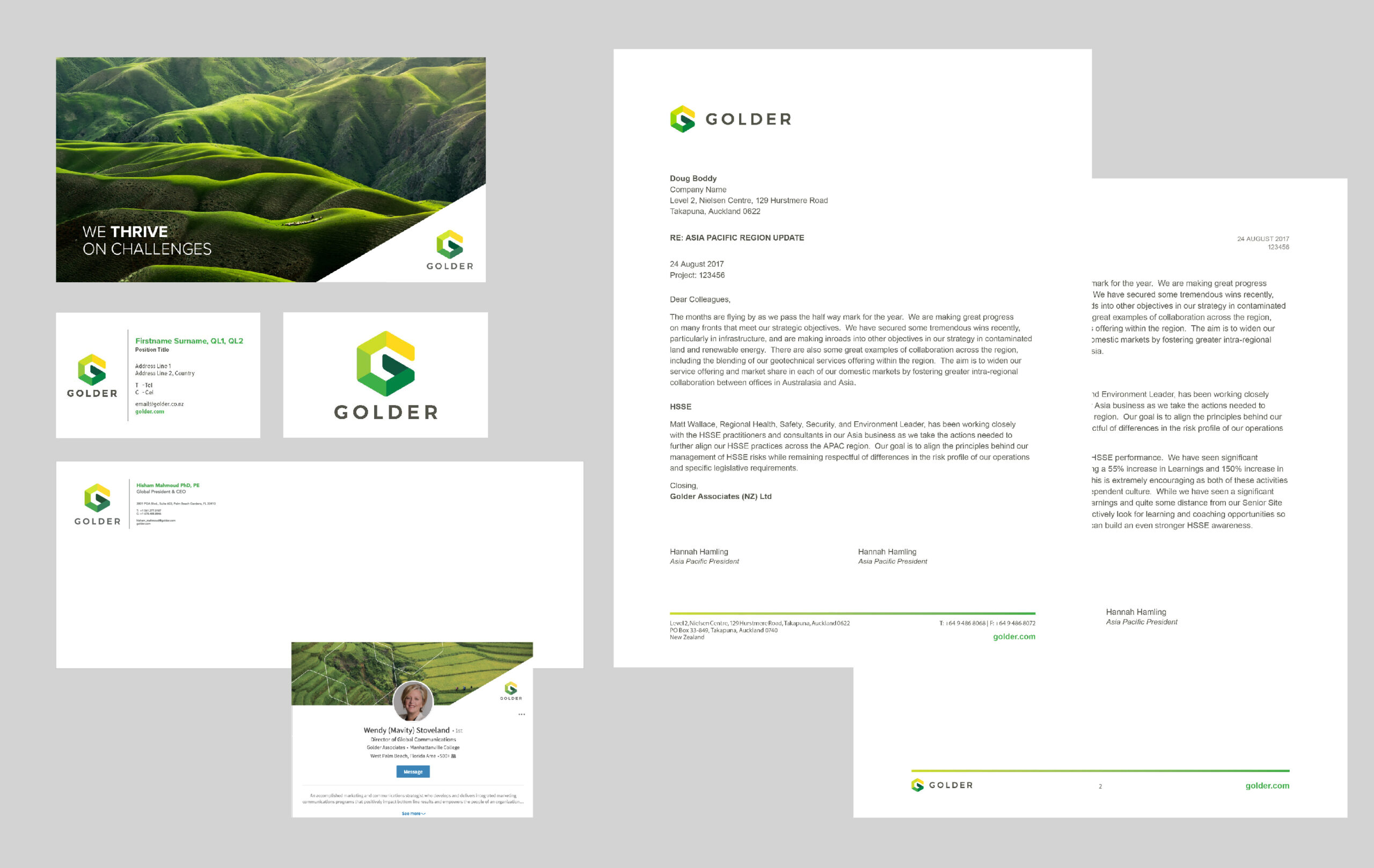
Play Video
Play Video
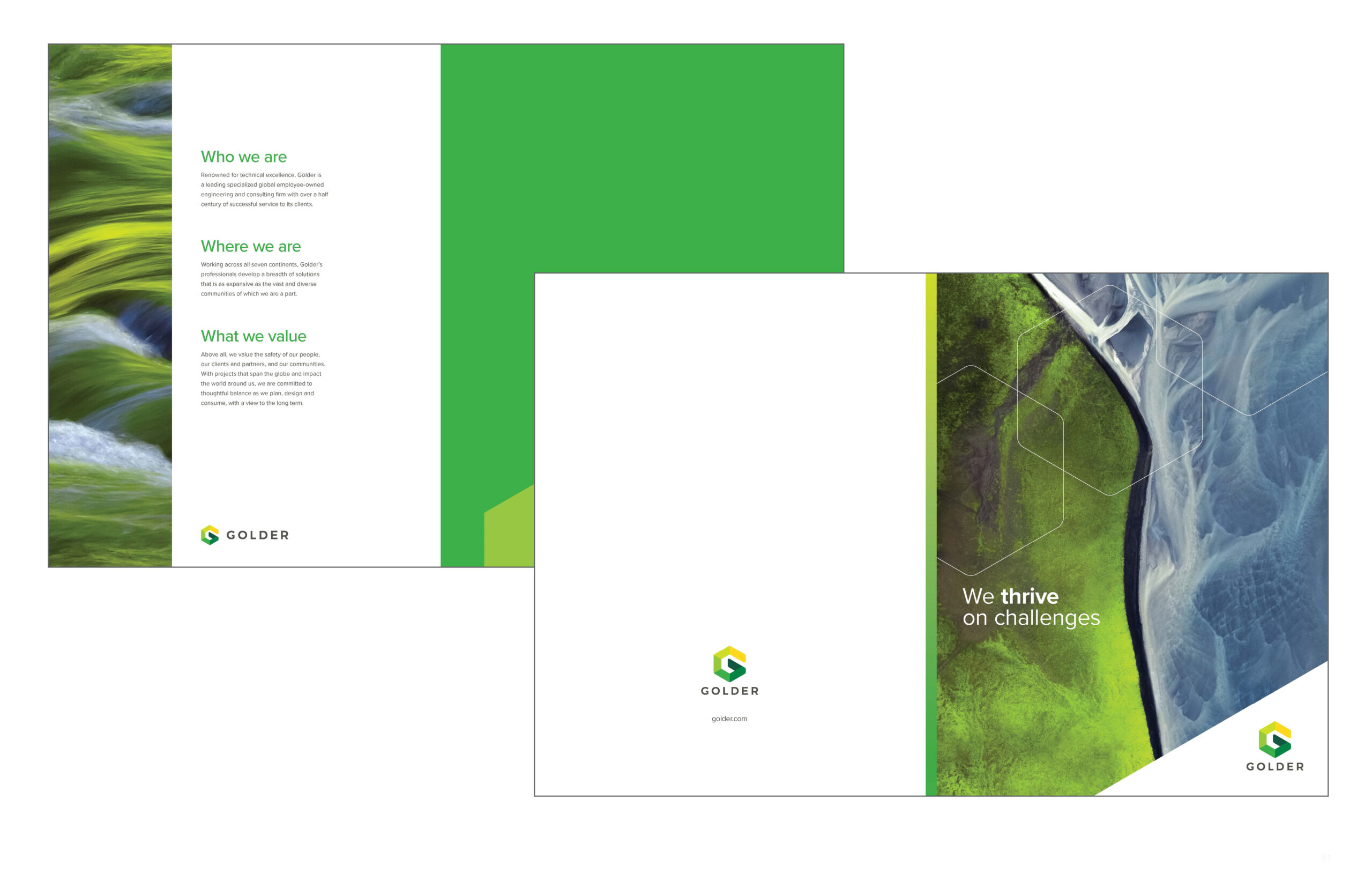
Including a few other options the client did not choose.
